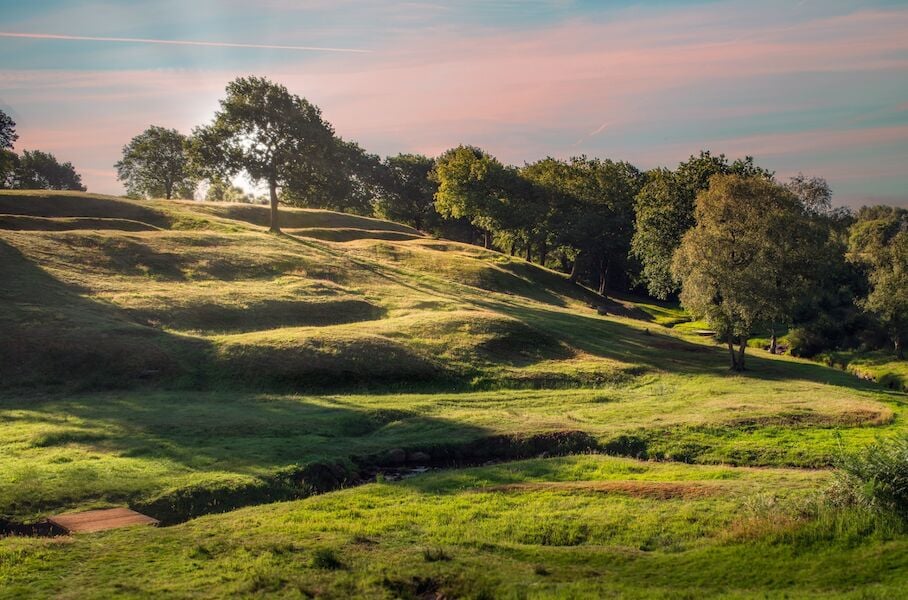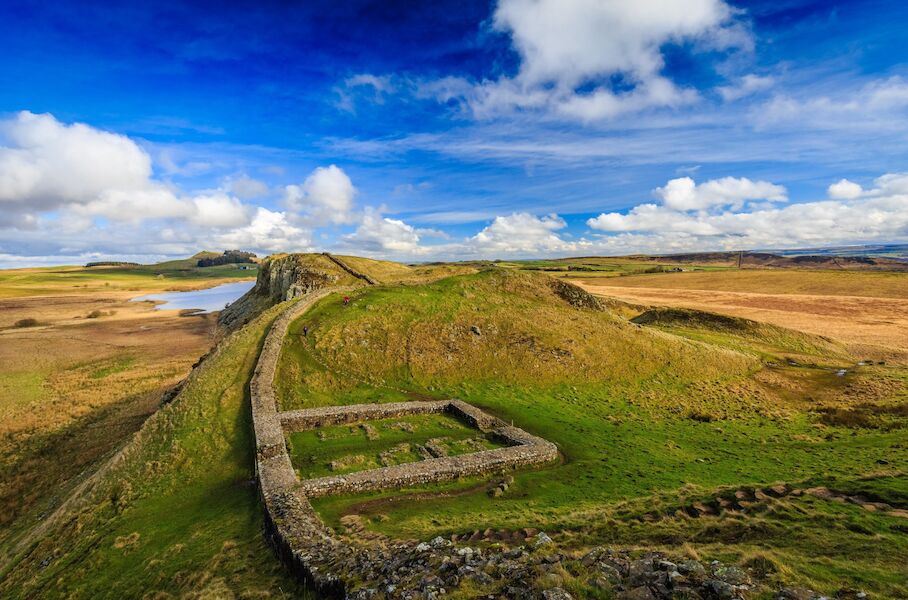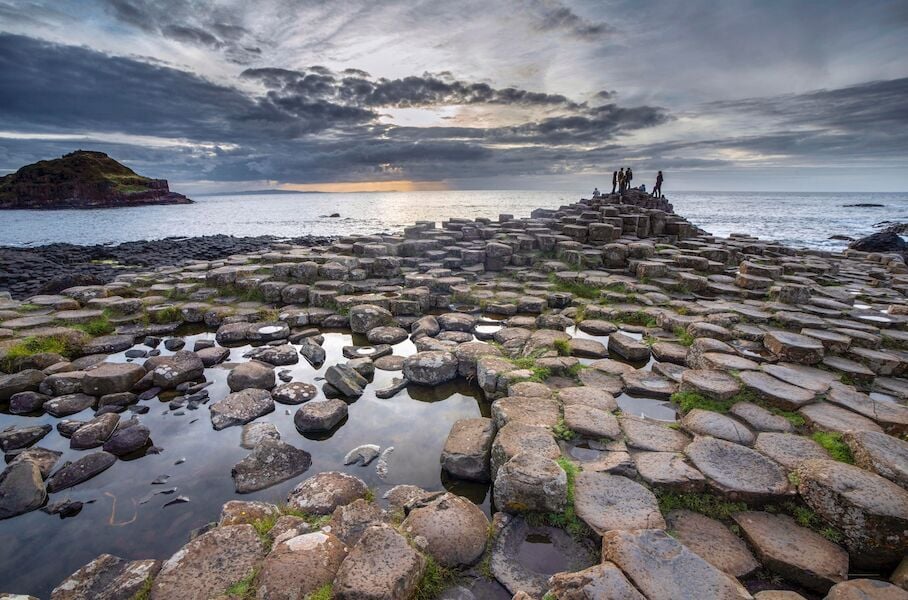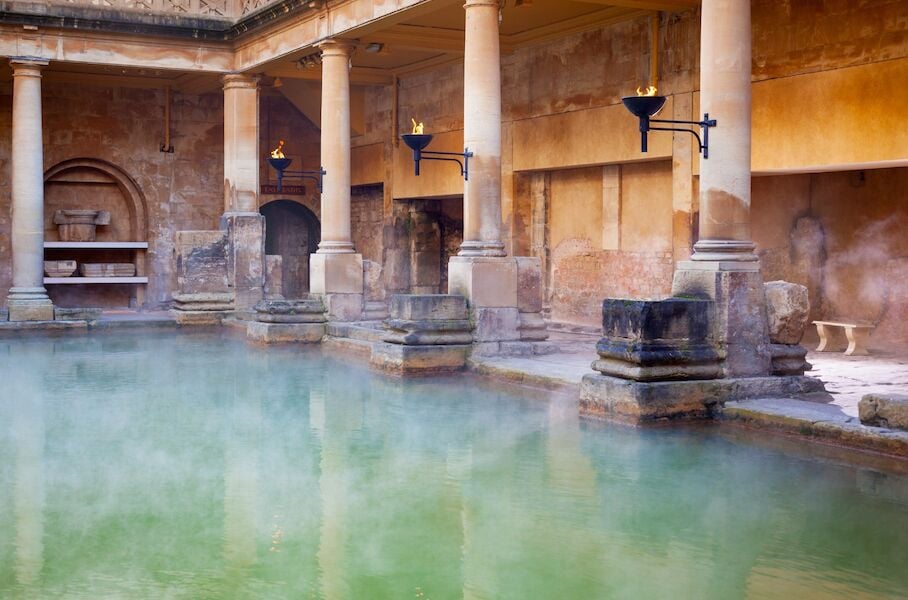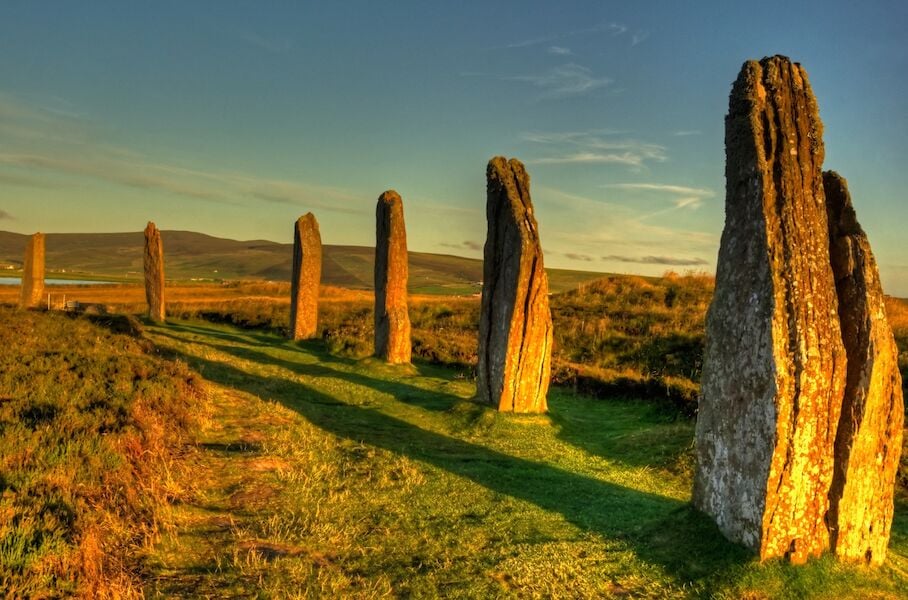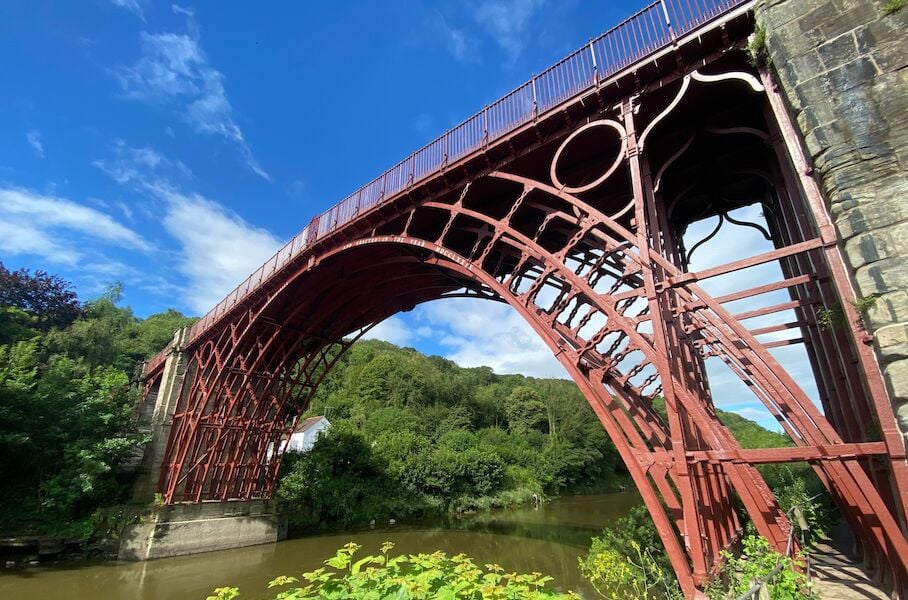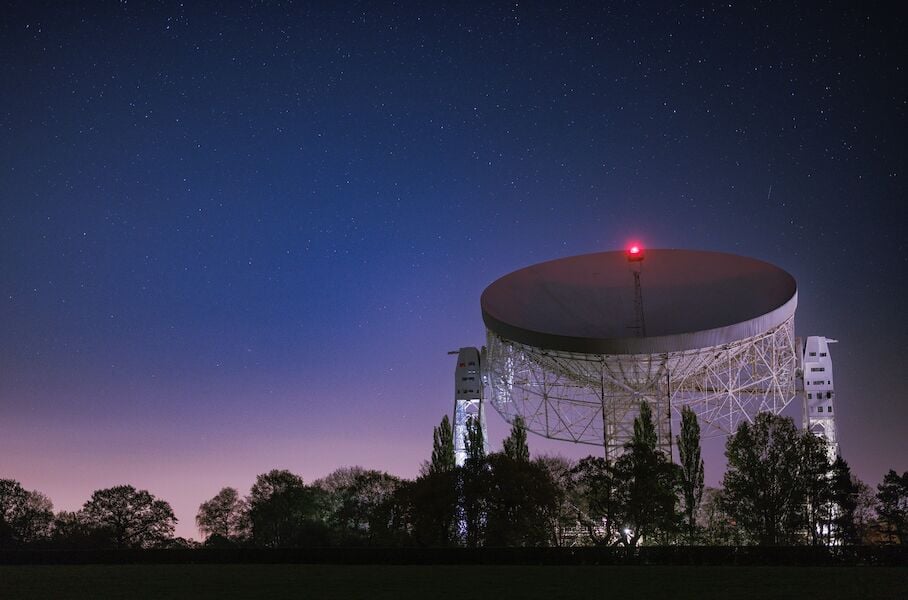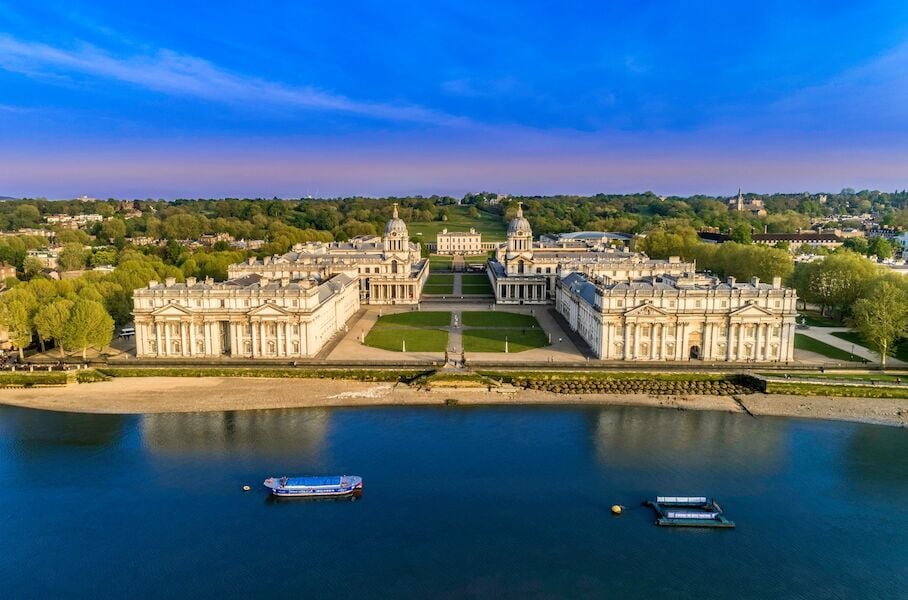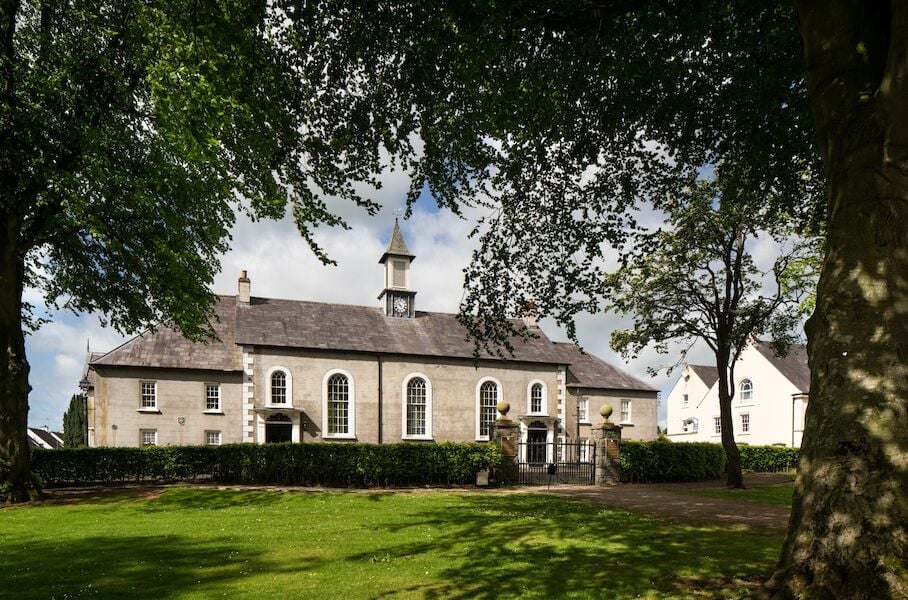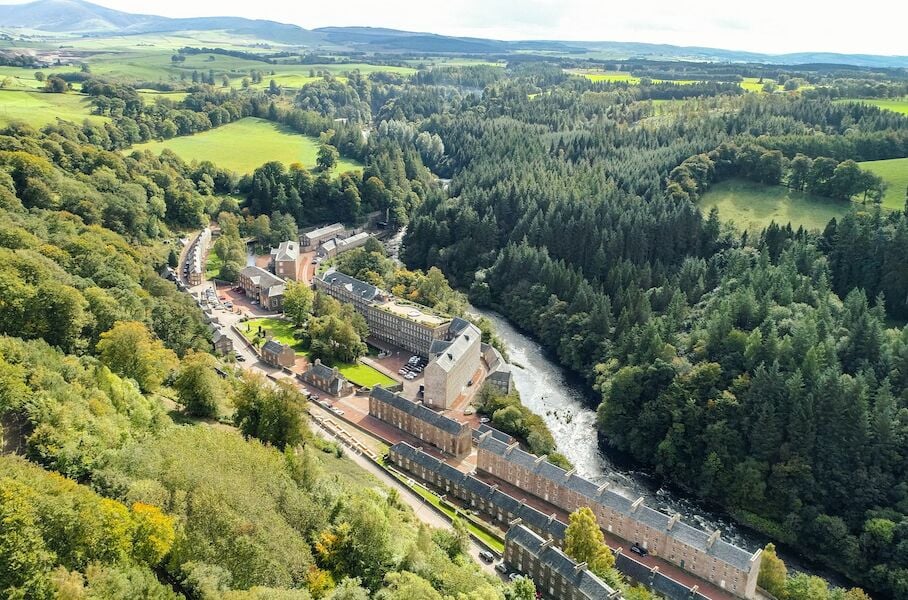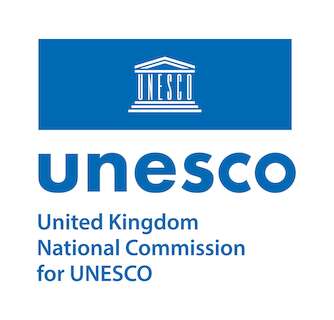UNESCO World Heritage Sites in the UK and Overseas Territories
UNESCO World Heritage Sites are designated for having cultural, historical, scientific, or other form of global significance. Sites are judged to contain cultural or natural (or mixed) heritage considered to be of Outstanding Universal Value.
This is embodied in an international treaty called the Convention concerning the Protection of the World Cultural and Natural Heritage (or World Heritage Convention), adopted by UNESCO in 1972.
The 35 Properties (sites) in the UK and Overseas Territories, including ancient landscapes and monuments, areas of global natural significance, and sites that shaped the industrial Revolution, join over 1,200 further properties in more than 165 countries to be inscribed onto the UNESCO World Heritage List.
UNESCO World Heritage Sites belong to everyone, and it is everyone’s duty to protect them for future generations.

